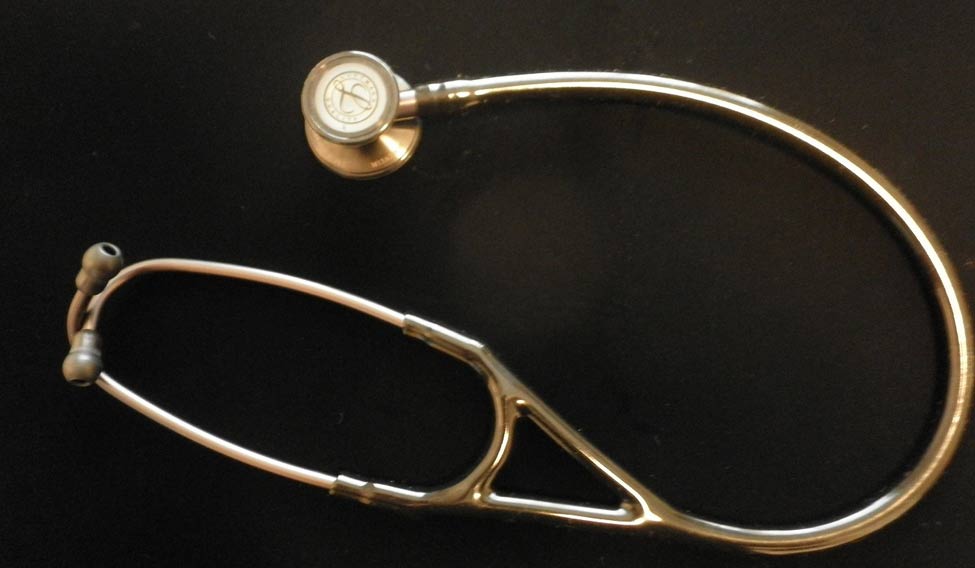The Cabinet Committee on Economic Affairs has given its approval for funds for increasing medical seats and setting up medical colleges in the country. The Cabinet's nod to increase seats—10,000 undergraduate seats and 8,058 PG seats by 2020-21—and set up 24 new medical colleges, comes as a shot in the arm for a healthcare system which is facing severe shortages of doctors.
According to official estimates, around 8.18 lakh doctors are available for active service in the country, and the doctor population ratio stands at .62:1,000. This implies that there's less than one doctor for every 1,000 persons in the country, according to the WHO criteria.
However, since the ratio is calculated based on data from the Medical Council of India, experts say it might not present the true picture since MCI numbers also include those doctors who are either dead or retired from active practice.
As for medical colleges, there are 479 medical colleges in the country, with 67,218 undergraduate seats and 35,117 PG seats. A section of medical graduates also don't join the workforce immediately as they pursue post graduate education, adding to the shortage.
The increase in seats approved by the Cabinet would come at an estimated cost of Rs.7,795 crore as the Centre's share, of which an amount of Rs.4,536 crore is proposed to be spent till 2019-20.
By 2021-22, the government also plans to set up 24 new medical colleges attached to existing district/referral hospitals. The sites for these colleges include several under-served districts in the states of Bihar, Jharkhand, Madhya Pradesh, Odisha, Rajasthan, Uttar Pradesh, West Bengal and Sikkim.
Besides government medical colleges, the Centre is banking on the National Medical Commission Bill, 2017—currently being evaluated by the parliamentary standing committee—that will "open" up the field for entrepreneurs to set up medical colleges in the country. Once the Bill is passed, it is estimated that it would take a little over five years to make up for the additional 4.5 lakh doctors required to match the WHO mandated ratio of one doctor per 1,000 population.





